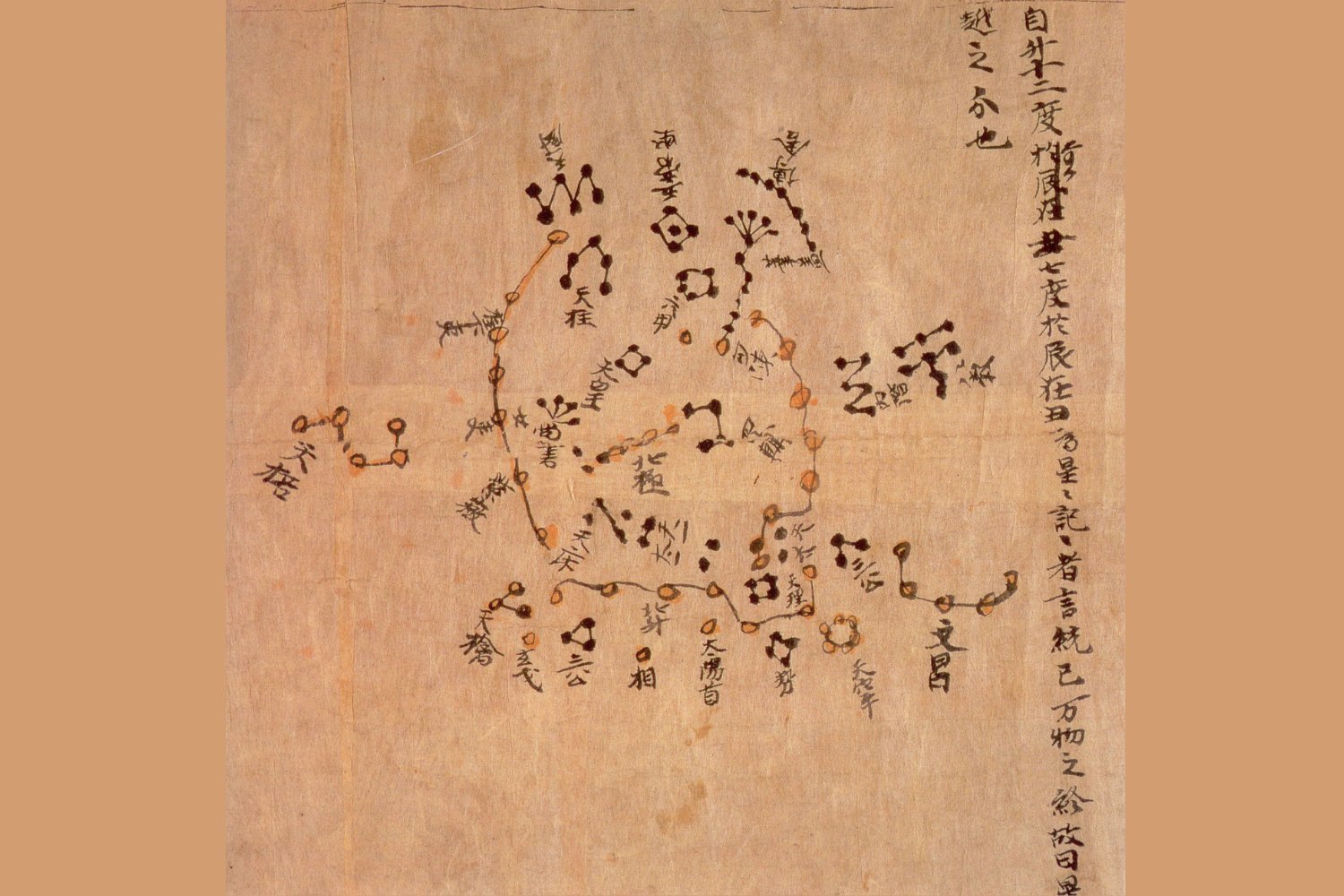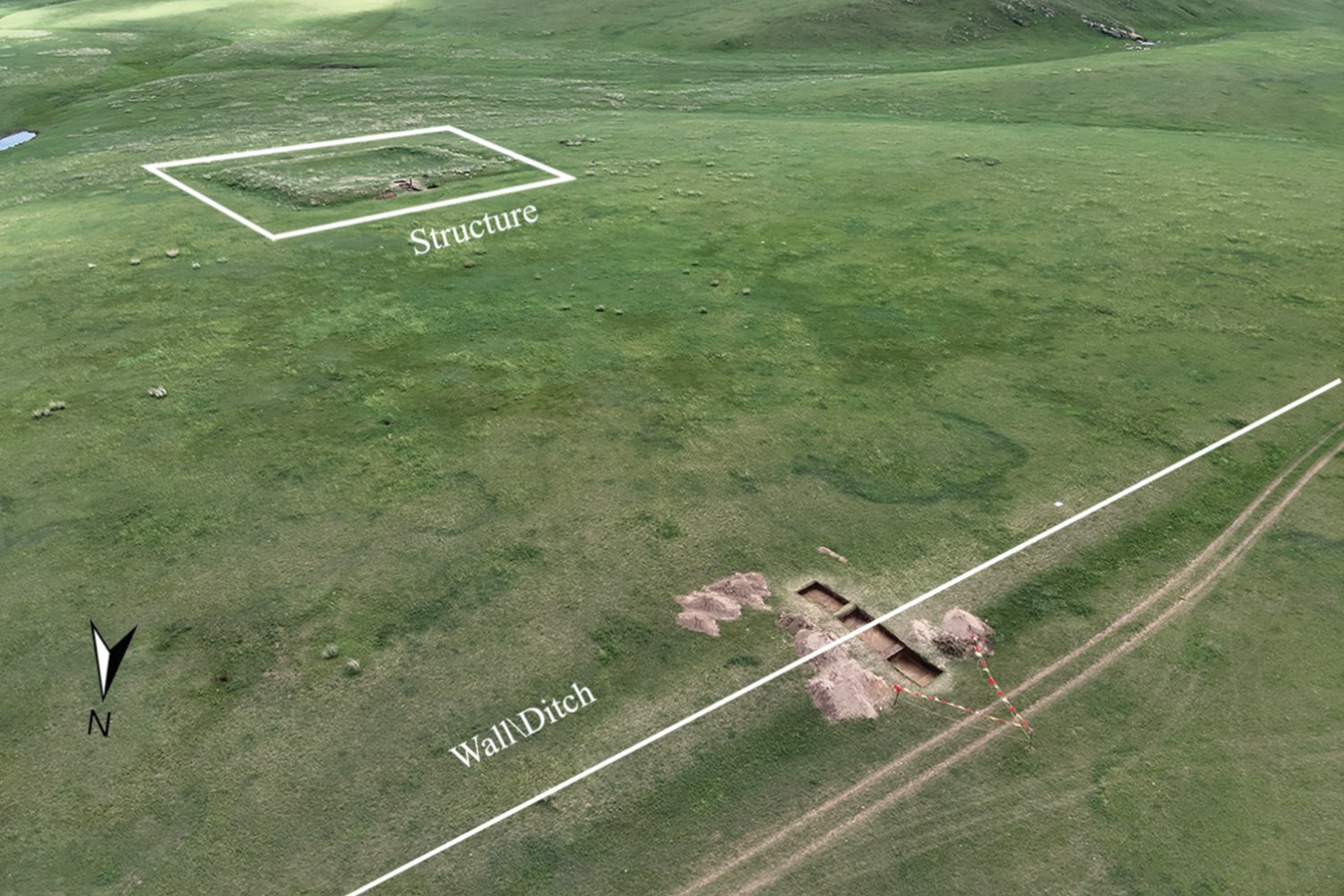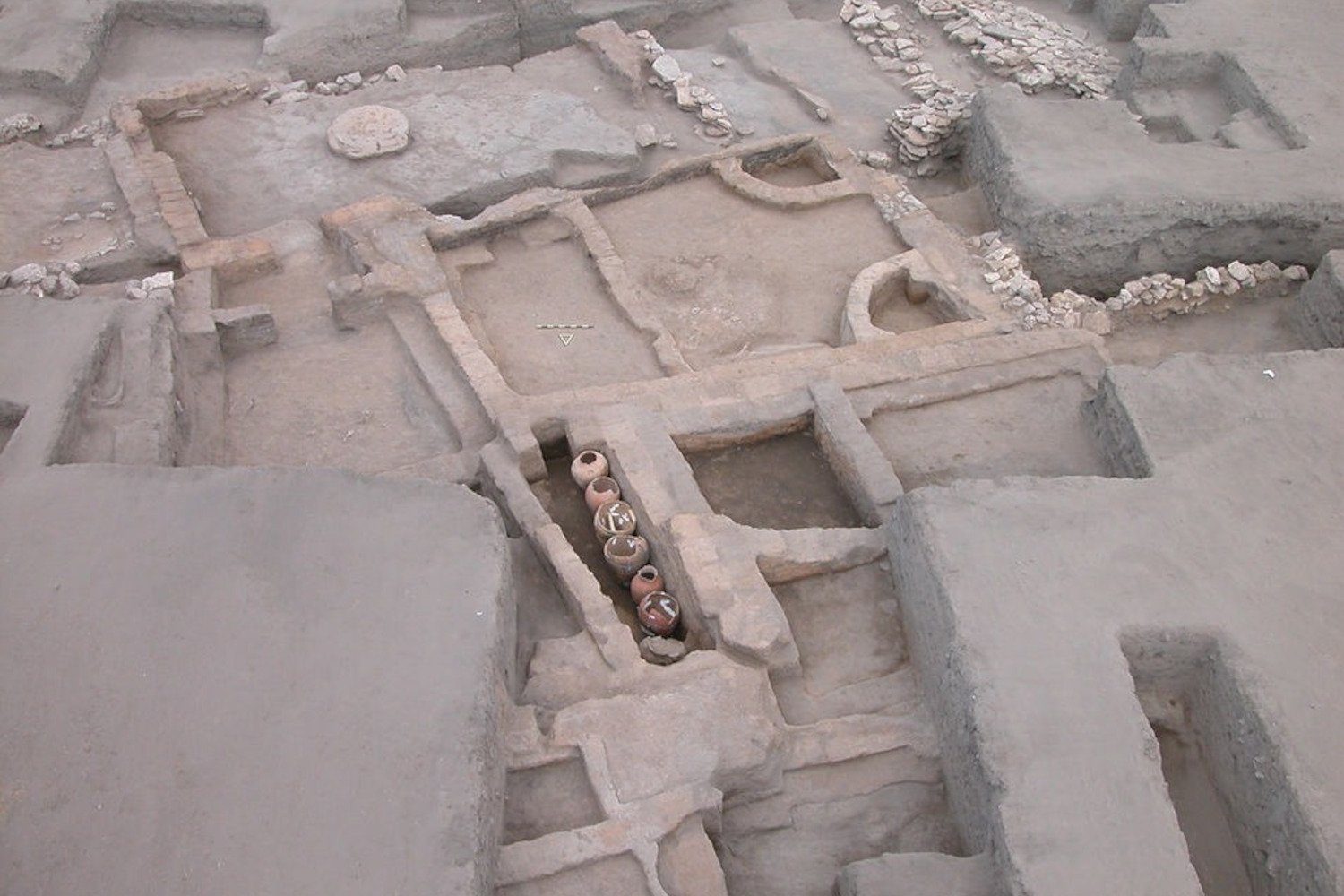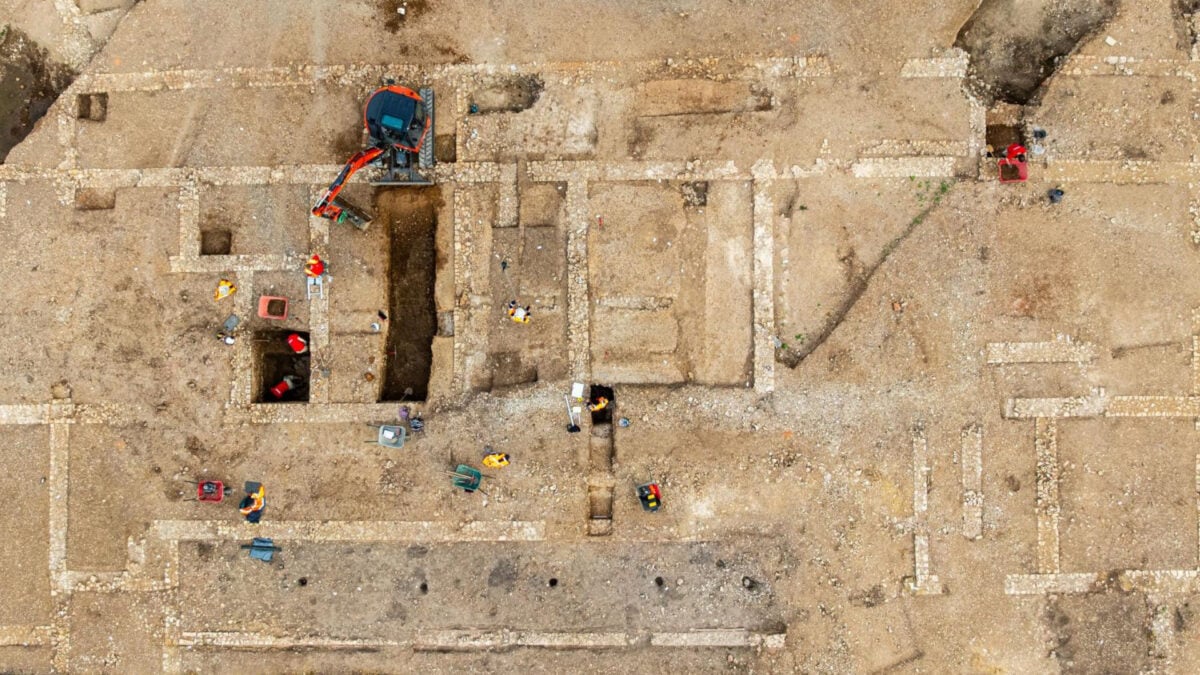For millennia, humanity has gazed at the stars, seeking guidance and understanding. This ancient practice of stargazing has left a legacy of celestial records, and today, a compelling debate revolves around which civilization produced the world’s oldest known visual star catalog. Researchers from the Chinese Academy of Sciences’ National Astronomical Observatories have recently posited that Shi’s Star Catalog, China’s most ancient known compilation of stars, holds this global title. This assertion, based on advanced analytical techniques, potentially predates the widely recognized catalog by the Greek astronomer Hipparchus by centuries, though the scientific community remains divided.
The Contenders: Shi’s Catalog vs. Hipparchus’s Legacy
The claim from Chinese researchers places Shi’s Star Catalog at the forefront of astronomical history. Their study, published on the preprint server arXiv, confidently states, “In comparison to the observation epochs of other ancient star catalogs worldwide, the Shi’s Star Catalog predates even the oldest Western star catalogs, affirming its status as the oldest star catalog in the world.” This challenges the long-held position of Hipparchus’s work from the 2nd century BCE, which has traditionally been considered the earliest comprehensive star map in the Western world and a foundational piece of ancient astronomy. The debate centers on meticulous dating and interpretation of these ancient celestial records.
Unlocking Ancient Skies: The Science of Precession
Dating ancient star catalogs relies heavily on a phenomenon known as precession. Earth’s rotational axis wobbles slowly over time, causing the apparent positions of stars in the night sky to shift gradually across centuries. Scientists can reverse-calculate these shifts, comparing historical star charts to modern astronomical data to determine the era of observation. However, Shi’s Star Catalog has proven notoriously difficult to date. A key challenge is that the star positions recorded within it appear to span several different centuries, leading to a range of proposed observation dates and significant scholarly debate. [internal_links]
A New Approach: Dating Shi’s Star Catalog with Modern Algorithms
Previous attempts to date Shi’s Star Catalog have yielded varied results, with proposed dates ranging from 360 BCE to the seventh century CE. The researchers acknowledged, “A multitude of perspectives exist regarding the observational timeframe of the Shi’s Star Catalog, with no definitive consensus reached.” To address these inconsistencies, the recent study employed the Generalized Hough Transform method. This algorithmic imaging technique is designed to “statistically accommodates errors in ancient coordinates and discrepancies between ancient and modern stars, addressing limitations in prior methods.” Using this approach on the catalog’s 120 stars, the team concluded that Shi’s Star Catalog was likely first drafted around 355 BCE and subsequently updated around 125 CE. This timeline, if accurate, would indeed make it older than Hipparchus’s catalog, which is believed to be the basis for the later Ptolemaic Star Catalog (2nd century CE).
The Debate Ignites: Scrutiny and Counterarguments
Despite the new analysis, skepticism persists within the scientific community. Some experts propose an alternative explanation: the instrument used to record Shi’s Star Catalog may have had a consistent error of one degree. As Science magazine reports, studies that adjust for this potential instrumental inaccuracy place the catalog’s origin at or after 103 BCE. This later dating aligns more comfortably with other developments in Chinese astronomy, specifically the invention of the armillary sphere—a device crucial for tracking celestial movements using spherical coordinates—and China’s adoption of a spherical cosmological model, both occurring around the first century BCE. Daniel Patrick Morgan, a historian at France’s Center for Research on East Asian Civilizations, highlighted the incongruity of the earlier date, telling Science that suggesting the use of spherical coordinates centuries before the armillary sphere’s invention would be like finding “a receipt from a gas station and somebody wants to say it’s from 1700.”
Broader Perspectives: Beyond the Current Debate
The quest to definitively date Shi’s Star Catalog continues, and future research will be crucial in resolving these discrepancies. It is important to acknowledge, as the discussion unfolds, that historical narratives in science have sometimes been shaped by a Eurocentric viewpoint, potentially undervaluing contributions from other parts of the world, including ancient China. Furthermore, while the debate focuses on visual star catalogs, other forms of ancient astronomical records exist. The Babylonian Astronomical Diaries, for instance, document celestial observations in text form from as early as the seventh century BCE, predating both the Chinese and Greek visual catalogs currently under discussion.
Conclusion: An Evolving Understanding of Astronomical History
The recent assertion that Shi’s Star Catalog is the world’s oldest represents a significant claim in the history of astronomy, potentially reshaping our understanding of early scientific achievements. While advanced analytical methods provide new evidence for an earlier origin, counterarguments regarding instrumental accuracy and historical technological timelines fuel an ongoing debate. This scholarly discourse underscores the complexities of interpreting ancient data and highlights the continuous refinement of our historical knowledge. Ultimately, determining the true age and significance of these ancient celestial maps enriches our appreciation for humanity’s enduring quest to comprehend the cosmos.











